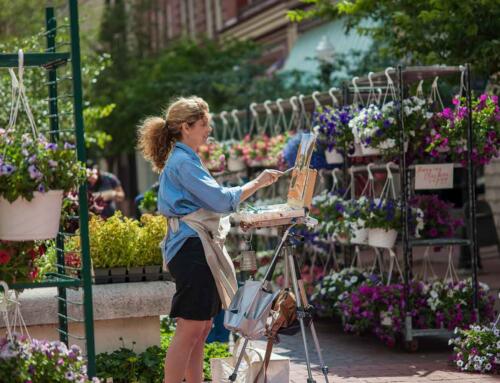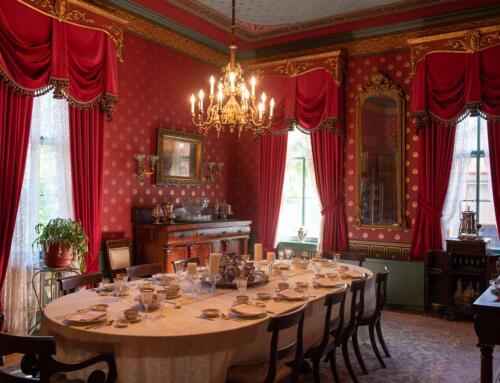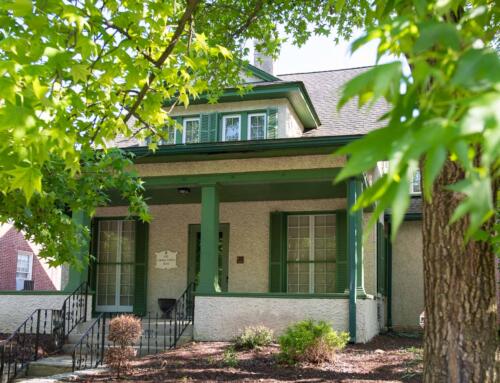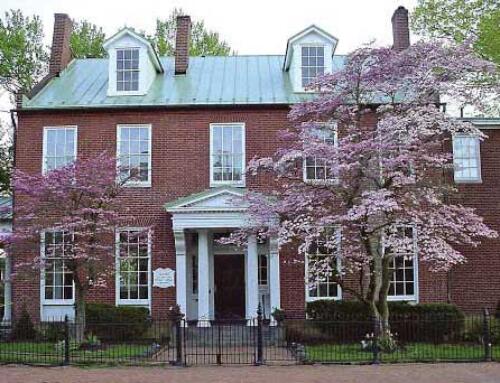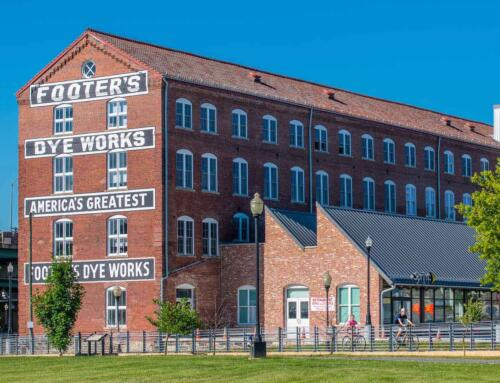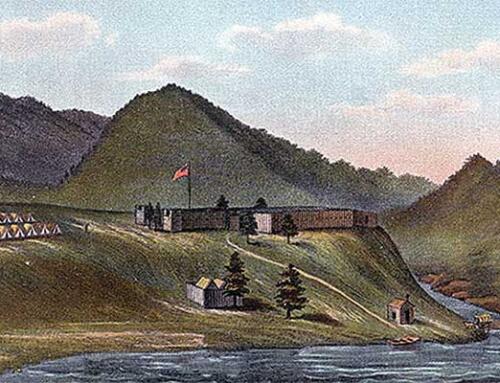Western Maryland Railway Station

The last remaining building linked directly to Cumberland’s role as a major railroad center.
In the 19th century, Cumberland emerged as one of the East Coast’s major transportation gateways. Three major transportation routes started in Cumberland– the National Road (Americas first highway), the B&O Railroad (one of America’s most profitable railroads) and the C&O Canal (one of that era’s most challenging engineering undertakings).
Download Walking Tour Map
Brought by road, rail, and water, Cumberland prospered by helping channel the raw materials, products, and people flowing between the East Coast and the new states lying on the far side of the Appalachian Mountains.
Seeking to compete with the growing transportation monopoly of the B&O Railroad, the state of Maryland chartered the Western Maryland Railway in 1853.
Hoping to claim a portion of the lucrative Cumberland to Baltimore route, the Western Maryland ran north and west from Baltimore along the Pennsylvania border.
In 1913, the Western Maryland constructed the grand Cumberland station as a symbol of the railroad’s power and importance. An imposing nine bays wide, the railroad station is surrounded by a heavy modillioned brick cornice located just under the roof line. Passengers of the Western Maryland Railway arrived in Cumberland overlooking a railroad station dramatically placed in a river valley where the Potomac River meets Wills Creek. The Station remained in use as a passenger terminal until 1958.
Today, the Western Maryland Station is the key structure at Canal Place Heritage Park, found within the Passages of the Western Potomac Heritage Area (Maryland’s first Certified Heritage Area, formerly known as Canal Place).
The building underwent a series of renovations, completed in 2000 and now visitors can discover all there is to see and do in the Allegany County Visitor Center, see the C&O Canal Museum, browse the Railway Station Gift Shop, and board the historic Scenic Railroad for it’s 16 mile run up to Frostburg, Maryland.
Western Maryland Railway Station
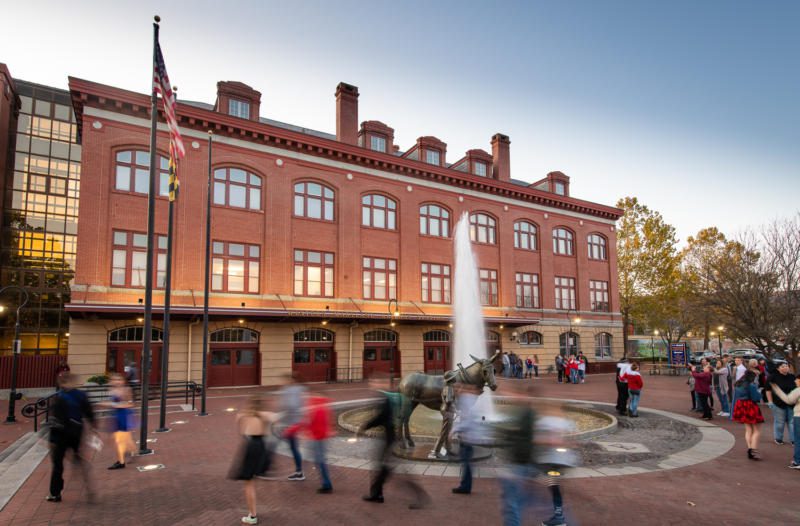
The last remaining building linked directly to Cumberland’s role as a major railroad center.
In the 19th century, Cumberland emerged as one of the East Coast’s major transportation gateways. Three major transportation routes started in Cumberland– the National Road, (Americas first highway), the B&O Railroad (one of America’s most profitable railroads) and the C&O Canal, (one of that era’s most challenging engineering undertakings).
Download Walking Tour Map
Brought by road, rail, and water, Cumberland prospered by helping channel the raw materials, products, and people flowing between the East Coast and the new states lying on the far side of the Appalachian Mountains.
Seeking to compete with the growing transportation monopoly of the B&O Railroad, the state of Maryland chartered the Western Maryland Railway in 1853.
Hoping to claim a portion of the lucrative Cumberland to Baltimore route, the Western Maryland ran north and west from Baltimore along the Pennsylvania border.
In 1913, the Western Maryland constructed the grand Cumberland station as a symbol of the railroad’s power and importance. An imposing nine bays wide, the railroad station is surrounded by a heavy modillioned brick cornice located just under the roof line. Passengers of the Western Maryland Railway arrived in Cumberland overlooking a railroad station dramatically placed in a river valley where the Potomac River meets Wills Creek. The Station remained in use as a passenger terminal until 1958.
Today, the Western Maryland Station is the key structure at Canal Place Heritage Park, found within the Passages of the Western Potomac Heritage Area (Maryland’s first Certified Heritage Area, formerly known as Canal Place).
The building underwent a series of renovations, completed in 2000 and now visitors can discover all there is to see and do in the Allegany County Visitor Center, see the C&O Canal Museum, browse the Railway Station Gift Shop, and board the historic Scenic Railroad for it’s 16 mile run up to Frostburg, Maryland.


